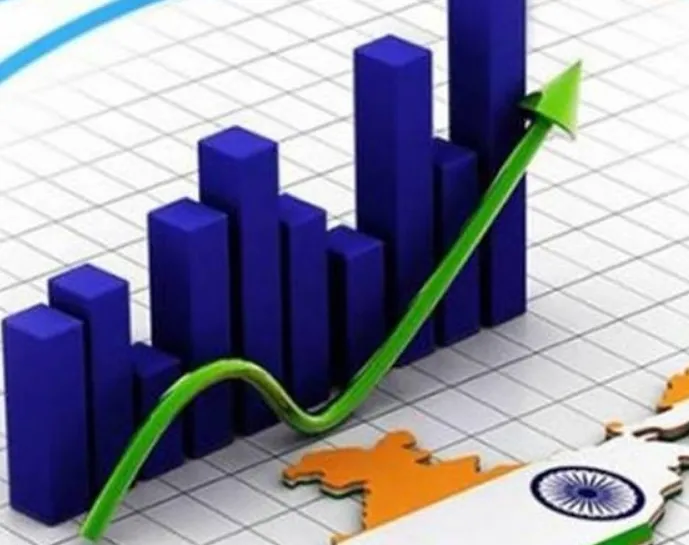India Expected to Represent 16% of Global Consumption by 2050: Study

Synopsis
Key Takeaways
- India's consumption share to rise to 16% by 2050.
- North America will have the highest share at 17%.
- India's labor force will account for two-thirds of global working hours.
- Increased female workforce participation could boost GDP per capita by 4-5%.
- Only 26% of the global population will live in first-wave regions by 2050.
New Delhi, Jan 21 (NationPress) India is anticipated to represent 16 percent of the world's consumption by 2050, an increase from 9 percent in 2023, as reported by the McKinsey Global Institute in their study titled 'Dependency and Depopulation: Confronting the Consequences of New Demographic Reality'.
North America is projected to have the highest consumption share at 17 percent in 2050. These projections are based on purchasing power parity, which adjusts for price variations between different nations.
The growth is primarily driven by India’s youthful and expanding population along with rising income levels.
The study illustrates a significant demographic transformation, as fertility rates decline in first-wave areas, leading to an older population.
By 2050, only 26 percent of the global populace will inhabit these first-wave regions, a drop from 42 percent in 1997, with the rest residing in later-wave regions.
This demographic change is likely to redirect labor towards emerging markets, with India being a pivotal contributor. By 2050, India's workforce is expected to account for two-thirds of global working hours.
In the coming 25 years, later-wave nations such as India, Latin America, West Asia, and Africa will contribute over half of global consumption, driven by a rapidly growing young demographic and escalating incomes. Later-wave countries are defined as those that have experienced a delayed decline in fertility rates compared to advanced nations.
The findings indicate that India's population share, which stood at 23 percent in 2023, will decrease to 17 percent by 2050.
The report mentions that the demographic dividend contributed an average of 0.7 percent to India's GDP per capita growth from 1997 to 2023. This demographic dividend refers to the rise in GDP per capita resulting from an increase in the working population relative to the total population.
Incorporating more women into the workforce could significantly impact the economy. The study suggests that if India boosts its female labor force participation by 10 percentage points, it could increase GDP per capita by 4-5 percent.









